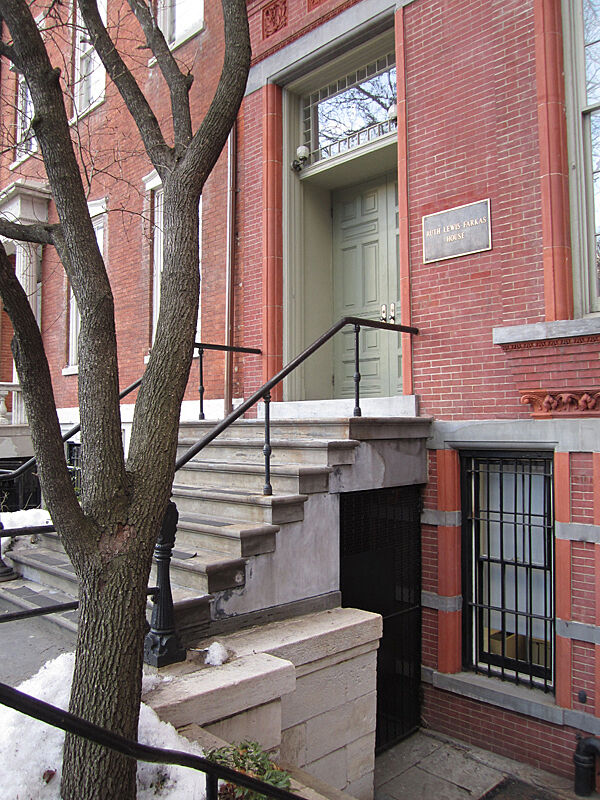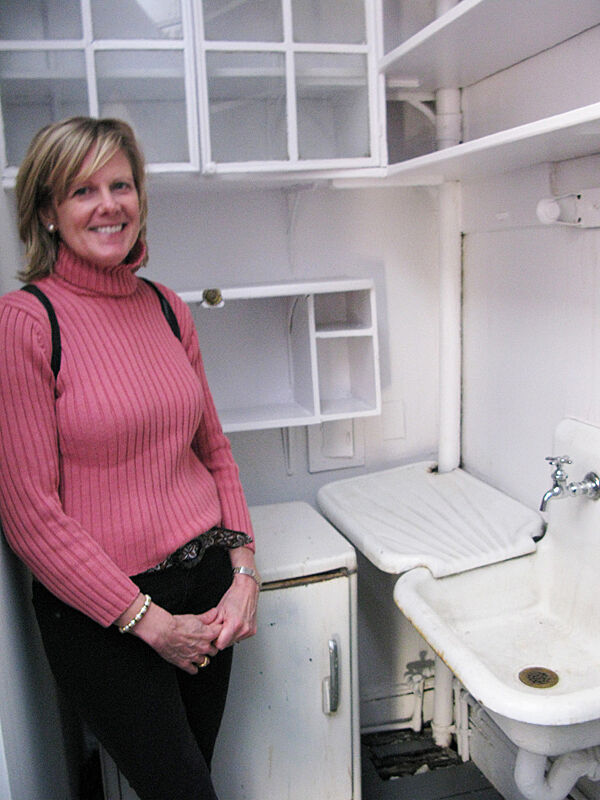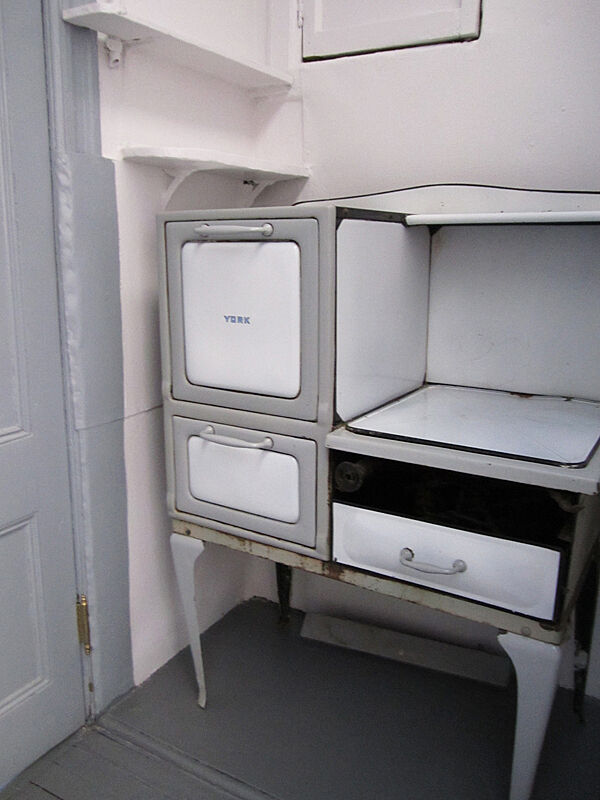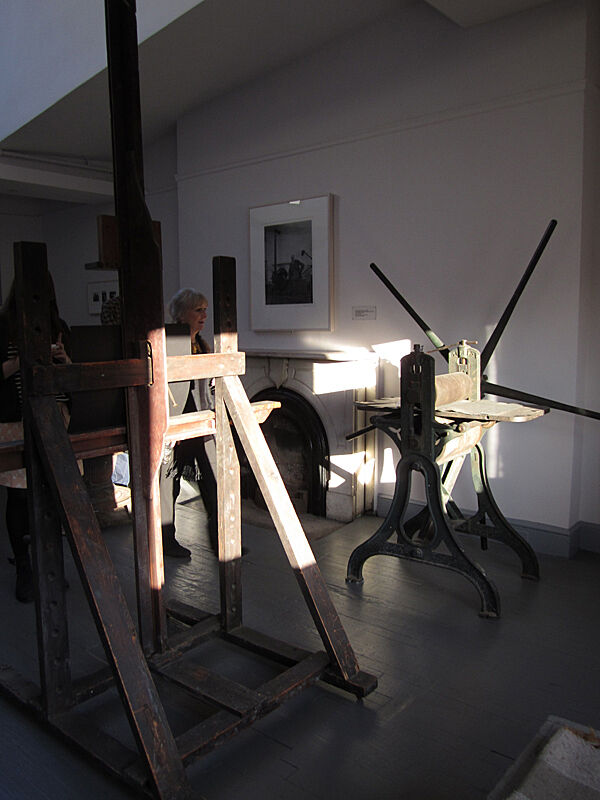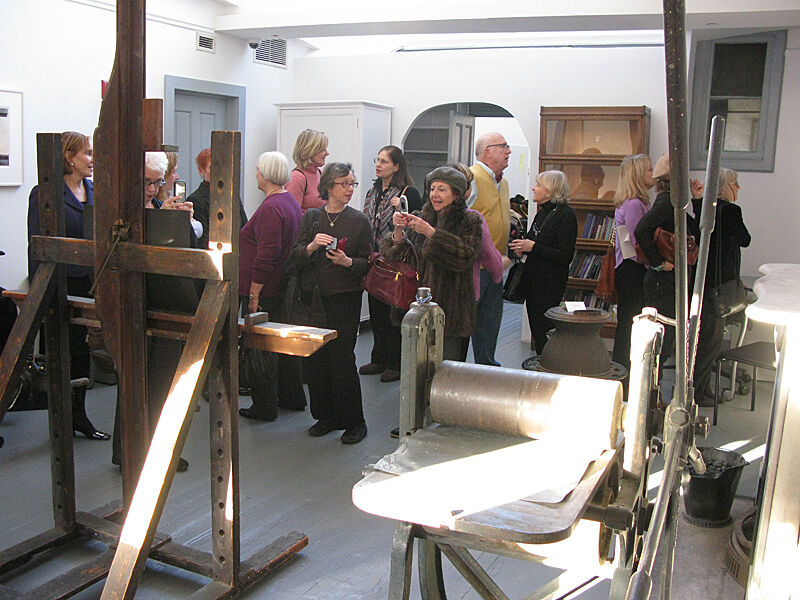Seeing Hopper’s Studio
Mar 18, 2011
As Docents, we often tell the story of Edward Hopper’s modest lifestyle and of the small studio in Greenwich Village that he shared with his wife Jo where they both worked and lived, carrying buckets of coal up four flights of stairs to the very end, at age eighty-five. But to tell the story is one thing; on February 8, the Whitney’s Docents had the opportunity to have a tour of the space on the corner of University Place and Washington Square Park—now owned by New York University (NYU)—that was once the Hoppers’ studio and home.
To see it in person gave us a different kind of insight. We could look out over Washington Square and imagine the quaint village that was already a nostalgic imagination in Hopper’s time. The coal burning stove is still there along with the four flights of stairs. The nook that was their kitchen certainly underscores the simple quality of their lifestyle. There was no bathroom in the flat; they shared with neighbors downstairs.
NYU uses the former bedroom as office space and the studios are sometimes used for meetings or conferences, but remaining in the studio space is the easel where Hopper painted, splattered with the telltale blues and yellows that he famously used to convey the ineffable qualities of light in his paintings, along with his personal printing press, the drying racks for his work, the desk where he kept notes, and an original painting of Edward himself made by his wife Jo hanging over the fireplace.
Most of all, it was the quality of light that struck us, filling the studio with direct sun from the skylights and streaming in from the large front windows that open onto the park. Surely it was this, rather than modesty or stubbornness, that kept Hopper–the uncontested master of light–in his studio.
We weren’t sure if we felt more like historians or fans, but it is these poignant moments when pieces of old New York are cherished and preserved against the tide of progress that make us feel privileged to be a part of the art and culture of the city.
By Ellen Tepfer, Coordinator of the Docent Program and Teaching Fellows

